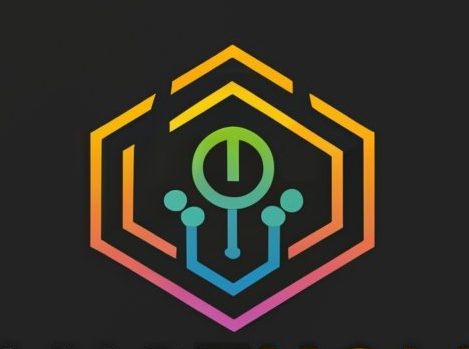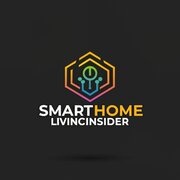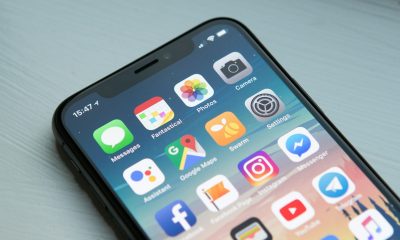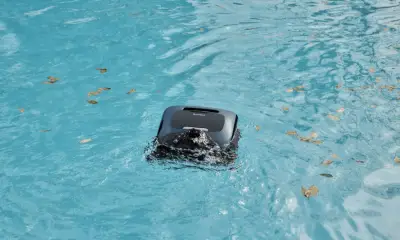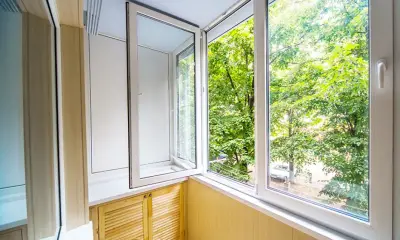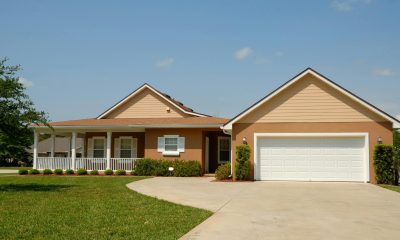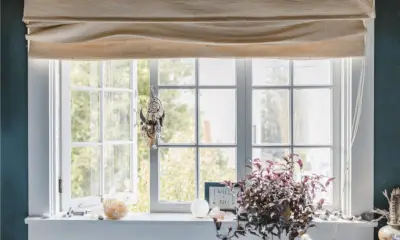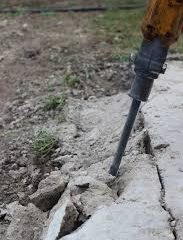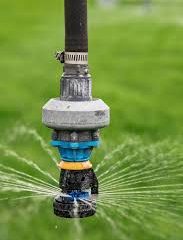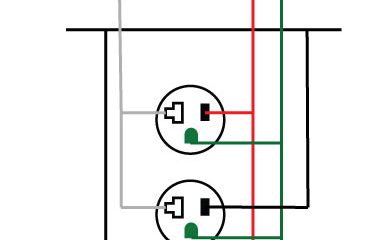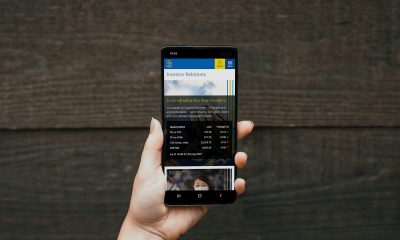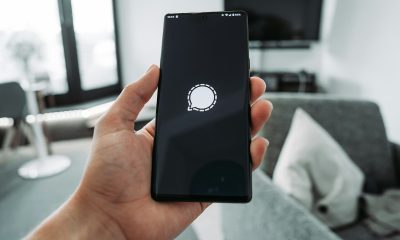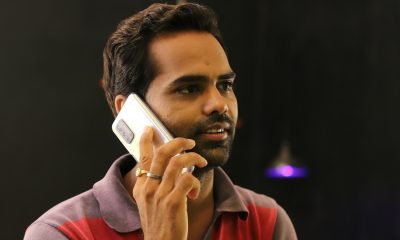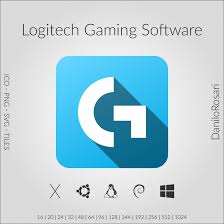Gadgets
What Tech Does Lutron Caseta Use Z-Wave or ZigBee?

Lutron Caseta is certainly something that you are familiar with if you are currently in the process of converting your house into a smart home.
In addition, if you are thinking about putting in a Lutron Caseta system in your house, you may be asking whether it is compatible with Z-wave or ZigBee. It would allow you to control all of your smart devices with a single hub.
Since it uses a different radio frequency, the Lutron Caseta smart switch is not compatible with smart hubs that utilize the Z-Wave or ZigBee protocols.
Instead, it connects to a specialized hub by using a protocol that is exclusive to its mesh network. In the next sections of this article, we will discuss the compatibility of Lutron Caseta devices with Z-wave and ZigBee hubs, as well as other devices that are based on Z-wave and ZigBee technology.
Is Lutron Caseta Compatible with Hubs that Use Z-Wave or ZigBee Technology?
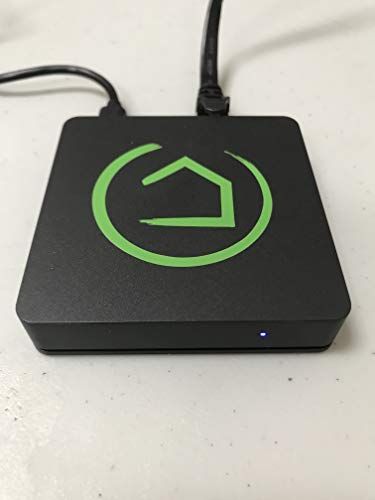
As was discussed before, the Lutron Caseta is not compatible with smart hubs that utilize the Z-wave or ZigBee radio frequencies since it uses a separate radio frequency to connect to a Smart hub.
(In most cases, a piece of Smart home technology is incompatible with the Smart hub if it does not operate on the same frequency as the Smart hub.)
Whereas the ZigBee protocol operates at a frequency of 2.4 GHz, the Z-wave protocol operates at a frequency of 908 MHz Both protocols are used in conjunction with various types of Smart devices.
The Lutron Caseta operates on its specialized radio frequency, which is around 431 MHz (although it works similarly to the ZigBee protocol).
So, for Lutron Caseta devices to function properly, they need to utilize a hub that operates on the same frequency.
Nevertheless, at the moment, the Lutron Caseta Wireless Smart Bridge Hub is the only smart hub produced by Lutron Caseta that is compatible with Lutron Caseta devices.
Is the Lutron Caseta compatible with devices that use Z-Wave or ZigBee technology?
not compatible with hubs that use the ZigBee or Z-wave protocols. Nevertheless, it is compatible with other ZigBee and Z-wave devices, such as the following:
- Amazon Alexa
- Google Home
- Apple HomeKit
- SmartThings
What Exactly Is Lutron Caseta?
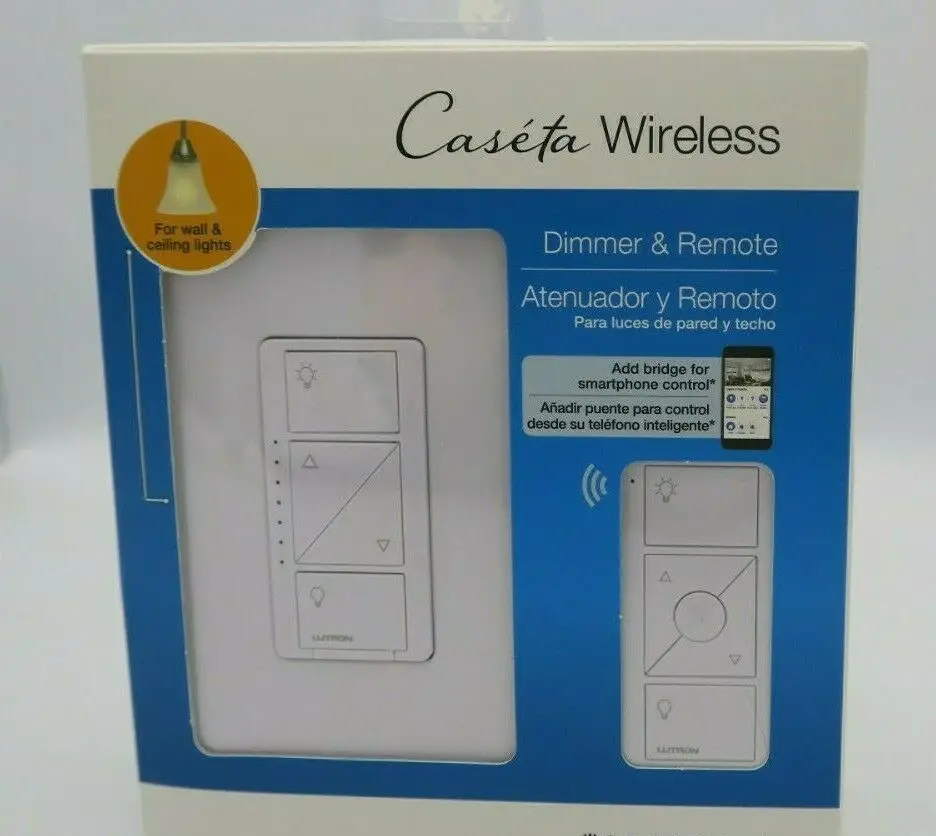
Lutron’s Caseta product range consists of high-tech conveniences for the modern home. At the moment, these are the best Smart switches available.
To what extent do these features distinguish these Smart light switches from the competition?
Range and adaptability are the two most important factors. Dimmers, Smart light switches, and Smart plugs are all part of the Caseta smart switch lineup.
These Smart switches are compatible with almost all dimmable light bulbs.
Lutron’s Smart switches provide every functionality you’d expect from a product of this century. Mood-appropriate lighting scenarios may be a program with scheduled schedules, and lights can be adjusted remotely.
Caseta is compatible with a broad variety of Smart home systems, including Amazon Alexa, Apple HomeKit, Google, and more.
Clear Connect RF is another innovative feature that makes Caseta distinct. From its inception, Lutron’s primary focus has been on developing alternatives to Wi-Fi and other widespread protocols.
Their Clear Connect RF hub not only makes your Wi-Fi faster but also eliminates the need for a dedicated RF amplifier.
Is It Possible to Make a Smart House Using Many Different Protocols?

Since each protocol comes with its own set of advantages, selecting which one to utilize for your smart home will mostly be determined by the kinds of devices you want to connect to it.
In the end, it is usually best to adhere to one protocol as much as possible to maximize the connection dependability between your devices and the smart hub.
For users of Lutron Caseta, this can appear like having one hub for Lutron devices and another hub for Z-wave devices, for instance. Instead, you might use one hub for your Lutron Caseta devices and another for your ZigBee gadgets.
Which Protocol Provides the Greatest Results When Using Lutron Caseta in a Residential Setting?
Products that support Z-wave have an advantage in that they can connect to a hub regardless of the distance between them and the hub.
Z-wave devices, in contrast to ZigBee products, are capable of connecting to the hub from a distance of around two hundred feet.
Z-wave devices may also provide a more reliable connection since they run on a radio frequency that isn’t used very often, and as a result, there is less network traffic on that frequency.
The shorter length of the link provided by ZigBee is what differentiates it from Z-wave. You will need to acquire additional ZigBee-compatible devices for a single ZigBee device to be able to connect to the hub from a distance greater than 50 feet.
Since ZigBee devices’ signals must bounce off one another to reach the hub, having more ZigBee-compatible devices in your house increases the distance over which you may configure ZigBee devices.
In contrast to Z-wave, which operates on a radio frequency that is less heavily used, ZigBee does operate on a frequency that is heavily used, therefore you may find that using ZigBee devices results in slower connection speeds or even congestion.
Yet, despite the information shown above, it would be to your advantage to have a mix of devices that are controlled by Lutron and Z-Wave rather than having a mix of devices that are controlled by Lutron and ZigBee.
You may, for instance, combine these various smart home devices via the use of an app if you have a room that has two separate Smart home devices, one of which is run by Z-wave and the other by Lutron.
Several programs provide you with the ability to combine devices that use multiple protocols together so that you can manage them all from one screen.
It eliminates the need to go from one screen that only has Z-wave devices to another screen that only has Lutron devices.
One of the most well-known brands of Smart lighting controls is Lutron Caseta. Lutron is a well-known name in high-end Smart home lighting control solutions, including smart switches and plugs.
Like many other smart home gadgets, Lutron’s products can’t be used without a hub to link them together to your house’s overall network of smart gadgets.
In contrast to the majority of other available Smart technologies, Lutron Caseta does not depend on wireless networking or communications at 2.4 gigahertz.
Clear Connect is the RF protocol used by Lutron Caseta. It operates on a frequency (434 MHz) that is completely separate from both Wi-Fi and the 2.4 GHz frequencies used by technologies like ZigBee.
Primarily, this shift is being made so that the service may run on a less-crowded frequency, which provides superior performance for end consumers. Let’s investigate why Lutron went off the beaten road.
What does Lutron’s Caséta’s Wi-Fi-free protocol imply for those who use smart homes?

The Clear Connect RF protocol operates on the 434 MHz radio frequency band, and it is used by many Lutron products, notably the Caseta line.
They looked at a wide variety of frequencies and settled on this one since it has lower use and is thus less likely to interfere with other wireless technologies (like Wi-Fi).
But before delving further into that idea, let’s take a step back and define what a protocol is and why Lutron would want to develop its own.
You’ve undoubtedly heard the term “protocols” tossed about if you’ve been in the world of Smart home technologies for any length of time. In any case, what exactly are these?
Simply said, a protocol is an agreement between two electrical devices on how to interact with one another. To further understand what a protocol is, let’s look at an example.
Well, so you and a pal want to talk. You may arrange to meet at a coffee shop, talk on the phone, or channel your inner hipster by creating a telegram system.
Each of these may be thought of as a procedure for communication that you and your buddy would establish before you spoke.
Like humans, Smart technologies “agree” on their own communications protocols so that they may communicate with one another.
The communications protocols used by Smart technology are many. Wi-Fi, ZigBee, and Z-Wave are all examples of popular protocols. Lutron Caseta has its proprietary protocol, called Clear Connect RF. Let’s go further into this.
https://www.smarthomelivinginsider.com/why-isnt-my-ecobee-fan-turning-off/
Which other gadgets conform to these FCC rules?
We’re taking a look at remote controls for doors and gates, as well as wireless key fobs. It meant that Lutron could begin using these frequencies to operate its Smart light switches.
The Good Things About the Caseta Method are Dimmer remote and smart bridge included in the Lutron Caseta smart lighting dimmer system.
Radio transmission may be compared to a city street. Wi-Fi would then be the most crowded thoroughfare in the area. Wi-Fi is a major thoroughfare; however, it frequently becomes congested due to all the vehicles traveling on it.
Technology for the smart home that makes use of Wi-Fi or a protocol with very comparable bandwidth requirements contributes to this congestion.
ZigBee is an alternative to Wi-Fi for mobile device communications. When a Wi-Fi network becomes overloaded, using these communication techniques may assist make more room.
Yet, it operates in the 2.4 GHz RF spectrum as well. They won’t use up any bandwidth on your Wi-Fi, but they might potentially interfere with other signals.
Lutron’s primary advantage in adopting the Clear Connect RF standard is this very fact. Lutron was able to establish an interference-free communication route by moving away from the 2.4 GHz spectrum altogether.
Clear Connect RF is guaranteed to never disrupt your Wi-Fi signal, and it also has very little chance of interfering with any of your other electronic devices.
Because of the scarcity of devices that operate in this frequency range, it is ideal for use in home automation systems like smart light switches.
This frequency’s usage is likewise limited to a small number of specialized devices that are intended for occasional operation and close-range communication.
A perfect illustration of this is automatic garage door openers. In most cases, you’ll only use the garage door opener once or twice daily and will stay within a few feet of the receiver. Your keychain or any similar gadget is also vulnerable.
It brings up another benefit of Lutron Caseta’s communication method. Lutron has made an effort to ensure that this technology has been thoroughly tested under situations that are representative of real-world use.
Similar to the working circumstances of your garage door opener, smart light switches are designed to be utilized in business and domestic settings.
They function best for occasional, brief exchanges of information across shorter distances. Less than ten times a day, and never in quick succession, do you switch on or off your lights.
One last plus is the technology that Lutron was using. Caséta’s smart plugs and switches are intended to function somewhat differently from conventional Smart home systems.
A Smart light switch’s energy and data needs are far less than those of a smart home camera, which must continuously broadcast high-quality footage.
Hence, adopting a lower frequency not only frees up bandwidth for the more popular 2.4 GHz band but also improves reaction time.
The Lutron Caseta has superior performance than devices that must share your Wi-Fi network since it uses its own communications protocol.
The reliability of the data exchanged between your gadgets will increase due to the lower likelihood of interference and increased availability of this frequency.
Conclusion
For the most part, the reason why Lutron Caseta is not compatible with smart hubs that employ Z-wave or ZigBee is that these two protocols operate on separate radio frequencies.
You will need to get a hub that is designed particularly for Lutron Caseta devices if you plan on using any of those devices.
Furthermore, Z-wave protocols are generally preferable to ZigBee if you wish to manage other Smart devices that aren’t compatible with the Lutron hub.
Yet, even though Lutron Caseta is not compatible with Z-wave or ZigBee hubs, it is still possible to utilize it with Z-wave and ZigBee devices.
It is because Lutron Caseta is not designed to operate with these types of hubs. The Lutron Caseta smart home solution is interoperable with many other intelligent home solutions, including a variety of Smart ecosystems, speakers, alarm systems, and thermostats.
-
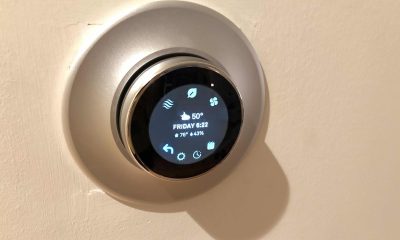
 Gadgets2 years ago
Gadgets2 years agoDoes Nest Thermostats Contain Cameras Or Microphones? Is It Safe For you?
-
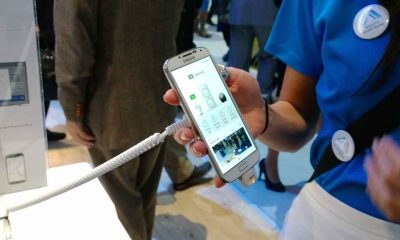
 Guides12 months ago
Guides12 months ago10 Best Apps To Control All Your Smart Home Devices.
-
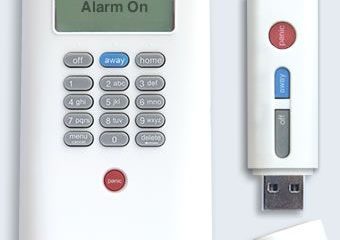
 Gadgets2 years ago
Gadgets2 years agoWhat Is The Purpose Of Red Button On The SimpliSafe Keypad?
-
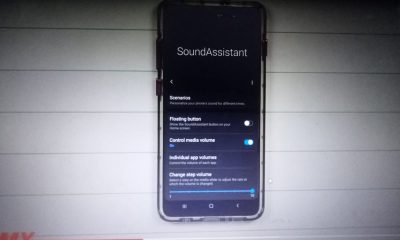
 Gadgets2 years ago
Gadgets2 years agoComplete Guide About Equalizer settings for Samsung-Soundbar
-
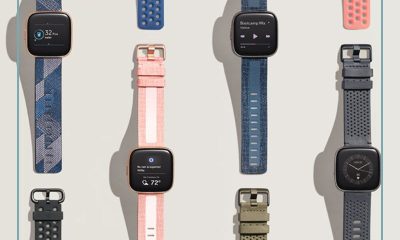
 Gadgets2 years ago
Gadgets2 years agoFitbit Symbols Meaning: What Do The Fitbit Icons Mean?
-
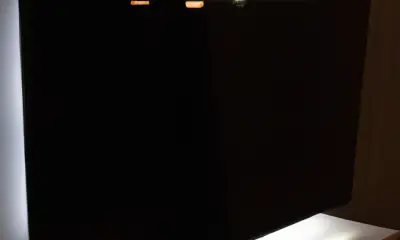
 Solutions2 years ago
Solutions2 years agoWhy is My Samsung TV Picture So Dark? Exploring the Possible Causes
-
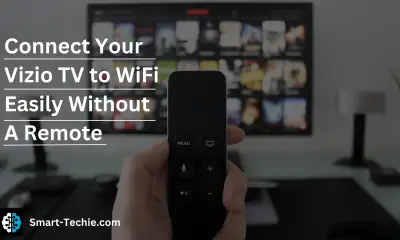
 Solutions2 years ago
Solutions2 years agoHow to Connect Your Vizio TV to WiFi Easily Without a Remote?
-
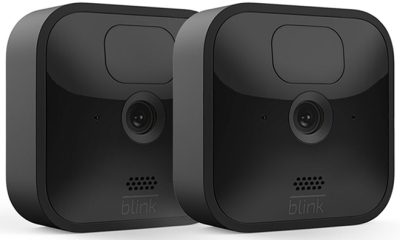
 Accessories2 years ago
Accessories2 years agoBlink Camera’s Temperature Sensor Settings, and More
